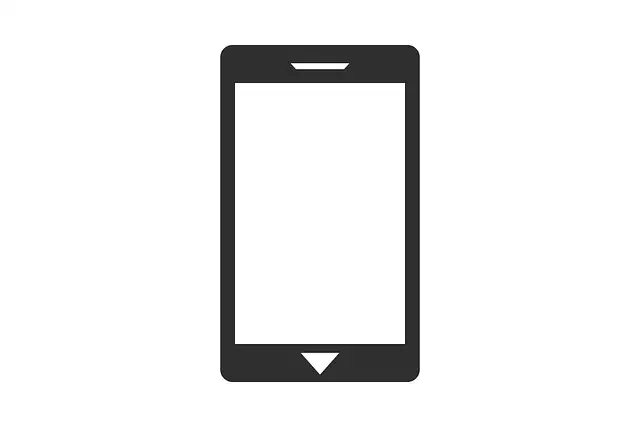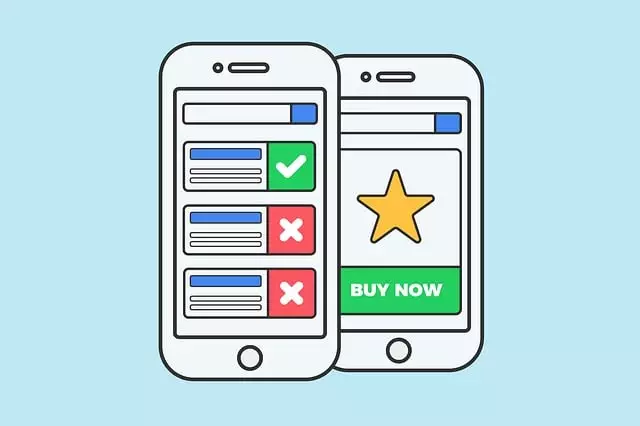In today's digital era, mobile-responsive design is crucial for web professionals to adapt websites to various devices. Local mobile web designers create these designs, ensuring optimal user experiences across smartphones, tablets, and desktops. They bridge the gap between businesses and customers, fostering a competitive digital marketplace while addressing small businesses' unique challenges. These designers use tools like Adobe XD, Sketch, HTML5, JavaScript, React Native, and Flutter to implement flexible layouts, media queries, and clutter-free interfaces. Hiring local experts offers advantages like tailored websites, efficient communication, and cost-effectiveness. Small businesses struggle with implementation due to lack of in-house expertise and limited budgets, but strategic approaches can create exceptional mobile experiences. Successful local businesses embrace mobile-responsive design for enhanced online presence and increased growth through mobile-first approaches. The future includes seamless adaptation to changing technologies like AR and VR.
In today’s digital world, a robust mobile-responsive design is no longer an option but a necessity for businesses to thrive. As users increasingly access the internet via their smartphones, understanding and implementing effective mobile-responsive design has become critical. This article explores the pivotal role of local mobile web designers in bridging the gap between brands and their mobile audience. We delve into essential skills, benefits of hiring local experts, common challenges, strategies to overcome them, empowering tools, successful case studies, and future trends shaping this dynamic field.
Understanding Mobile-Responsive Design: A Necessity in Today's Digital World

In today’s digital landscape, where users access the internet from a myriad of devices, understanding mobile-responsive design has become non-negotiable for web designers and developers. Mobile-responsive design ensures that websites adapt seamlessly to different screen sizes and orientations, providing an optimal viewing experience regardless of whether the user is on a smartphone, tablet, or desktop computer. This adaptability is crucial, as search engines favor mobile-friendly sites in their rankings, making it essential for local businesses to stay competitive online.
Furthermore, mobile-responsive design enhances user engagement and satisfaction. With a responsive site, visitors can easily navigate, access content, and make transactions without frustration, leading to improved conversion rates. In light of the increasing use of mobile devices, neglecting mobile-responsive design can be detrimental to any business’s online presence. Thus, local mobile web designers play a vital role in ensuring that businesses thrive in this digital era by delivering exceptional mobile experiences.
The Role of Local Mobile Web Designers: Filling a Crucial Gap in the Market

In today’s digital landscape, where mobility is king, local mobile web designers play a pivotal role in bridging the gap between businesses and their customers. With the vast majority of internet users accessing websites through smartphones and tablets, having a mobile-responsive design has become non-negotiable for any serious online presence. These specialists ensure that websites not only look good on all devices but also function seamlessly, providing an optimal user experience regardless of screen size or technology.
Local mobile web designers are game changers in the realm of small businesses and startups, enabling them to compete effectively with larger corporations. They understand the unique challenges faced by local enterprises, such as limited budgets and specific community needs, and tailor their services accordingly. By focusing on creating beautiful, functional, and affordable mobile-responsive designs, these professionals help foster a vibrant and competitive digital marketplace at the grassroots level.
Key Skills and Expertise Required for Effective Mobile Website Development

In today’s digital landscape, local mobile web designers must possess a diverse set of skills to create effective and engaging mobile websites. The core requirement is an in-depth understanding of mobile-responsive design, ensuring that websites seamlessly adapt to various screen sizes and resolutions across different devices. This involves proficiency in CSS media queries, flexible grids, and fluid images to deliver optimal user experiences.
Additionally, designers need to be adept at creating clean, intuitive user interfaces that prioritize functionality and usability on smaller screens. They should have a keen eye for detail, ensuring mobile sites are free from clutter and loading errors. Proficiency in popular design tools like Adobe XD or Sketch, along with knowledge of front-end development languages such as HTML5 and JavaScript, is crucial to bring designs to life and create dynamic, interactive mobile experiences.
Benefits of Hiring Local Experts for Your Business Website

Hiring local mobile web designers offers a multitude of benefits for your business. One of the key advantages is their deep understanding of the regional market and customer base, which translates into creating websites tailored to specific user needs and preferences. Local experts are also acutely aware of any unique cultural nuances or trends that could enhance your site’s appeal and engagement.
Additionally, working with nearby designers facilitates efficient communication and collaboration, allowing for a smoother project flow. Their proximity ensures timely responses to queries, quick turnaround times for revisions, and an overall more agile process. Moreover, local mobile-responsive design services can be more cost-effective as they often have lower overheads compared to remote agencies, providing excellent value for your investment.
Challenges Faced by Small Businesses in Creating Responsive Websites

Small businesses often face significant challenges when it comes to creating and maintaining mobile-responsive websites. One of the primary hurdles is the lack of in-house technical expertise, making it difficult for them to keep up with the latest design trends and technologies. This skill gap requires either investing heavily in training or outsourcing, both of which can be costly.
Moreover, small business owners frequently have limited budgets and time constraints, leaving little room for error in their web development processes. They must balance the need for visually appealing, user-friendly websites with the demand for quick turnaround times, making it challenging to deliver high-quality mobile-responsive designs without compromising other aspects of their operations.
Strategies to Overcome Common Obstacles in Local Mobile Web Design

Designing websites for a local audience on mobile devices presents unique challenges, but there are strategies to overcome these obstacles and create an exceptional user experience. One of the primary concerns is ensuring the website is mobile-responsive, adapting seamlessly to various screen sizes. This involves using flexible layouts, images that adjust according to viewports, and media queries to serve content effectively across smartphones and tablets.
Additionally, local web designers should focus on simplifying navigation for touch interfaces, optimizing page load times, and prioritizing high-quality, legible typography. Incorporating clear calls to action tailored for mobile users and ensuring the website is accessible through various search engines are also vital. By implementing these strategies, designers can create mobile-responsive sites that engage local visitors and provide a competitive edge in the digital landscape.
Tools and Technologies Empowering Local Designers in the Digital Age

In today’s digital age, local mobile web designers have access to a plethora of tools and technologies that empower them to create stunning, mobile-responsive design experiences. From intuitive coding platforms like Adobe XD and Figma to versatile development frameworks such as React Native and Flutter, these resources streamline the design and development process.
Designers can now collaborate in real-time, ensuring seamless integration and a consistent user experience across various devices. Advanced design software also offers features like responsive grid systems, which automatically adjust layouts for optimal viewing on smartphones, tablets, and desktops. This focus on mobile-responsive design has become paramount, as the majority of internet traffic now originates from mobile devices.
Case Studies: Successful Local Mobile Websites and Their Impact

Successful local businesses are increasingly recognizing the importance of a well-designed, mobile-responsive website to enhance their online presence and engage with customers. Case studies show that a mobile-first approach has significantly impacted various industries, from restaurants to retail stores. For instance, a local café’s new mobile-optimized website not only features an updated menu but also includes customer reviews, real-time table availability, and easy online ordering, resulting in increased foot traffic and repeat customers.
Similarly, a small clothing boutique’s mobile site with intuitive navigation, high-quality product images, and personalized recommendations has led to higher conversion rates and expanded their target market beyond the physical store. These examples demonstrate how local businesses can leverage mobile-responsive design to create a seamless user experience, boost online visibility, and ultimately drive sales growth in today’s digital landscape.
Future Trends Shaping Local Mobile Web Design Practices

The future of local mobile web design is shaped by evolving technologies and user expectations. One prominent trend is the continued importance of mobile-responsive design. As more users access the internet exclusively through their smartphones, designers must ensure websites seamlessly adapt to various screen sizes and resolutions. This not only enhances user experience but also improves search engine optimization (SEO) rankings.
Additionally, emerging technologies like augmented reality (AR) and virtual reality (VR) are starting to permeate web design. Local businesses can leverage these tools to create immersive digital experiences for their customers, blurring the line between physical and online interactions. These trends necessitate designers staying agile and adaptable, continually refining their skills to meet the dynamic needs of the local market.
